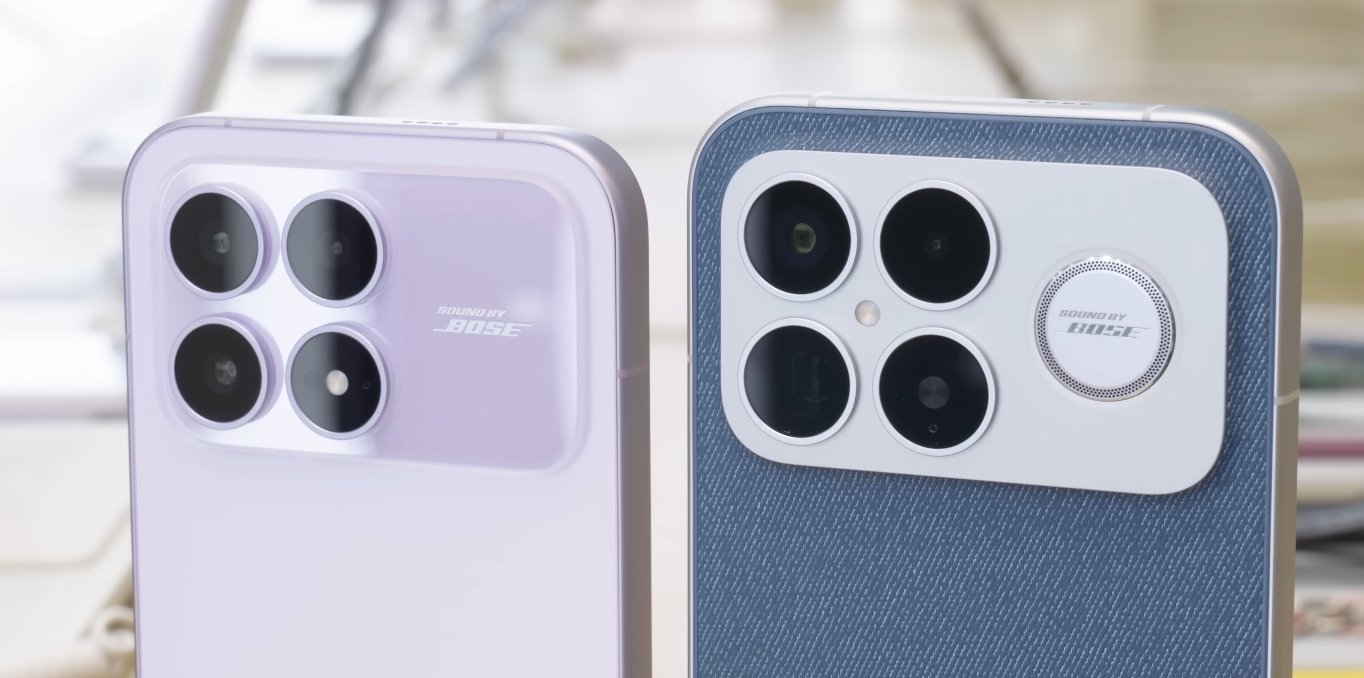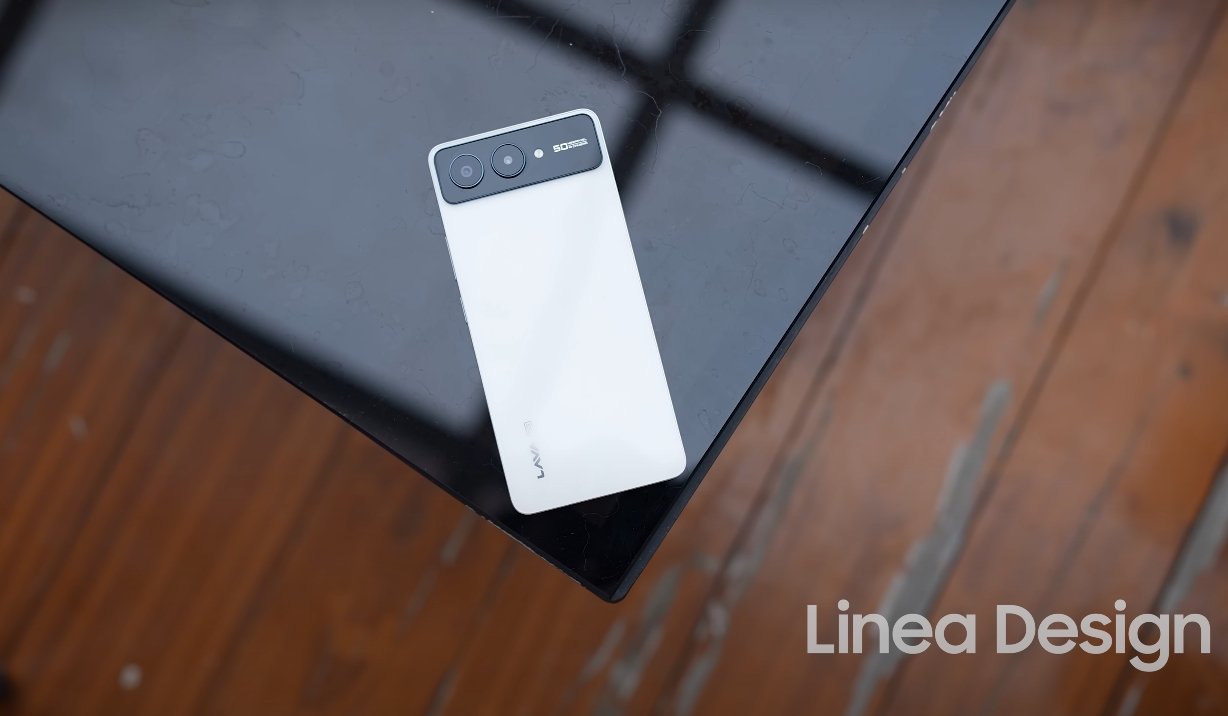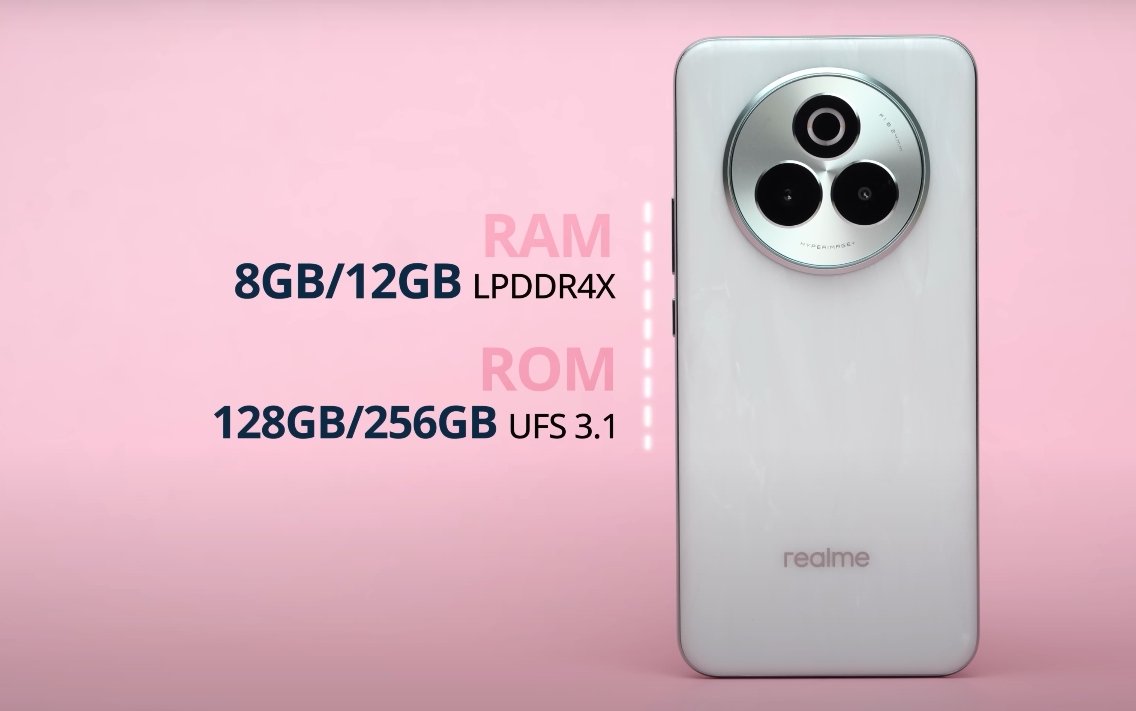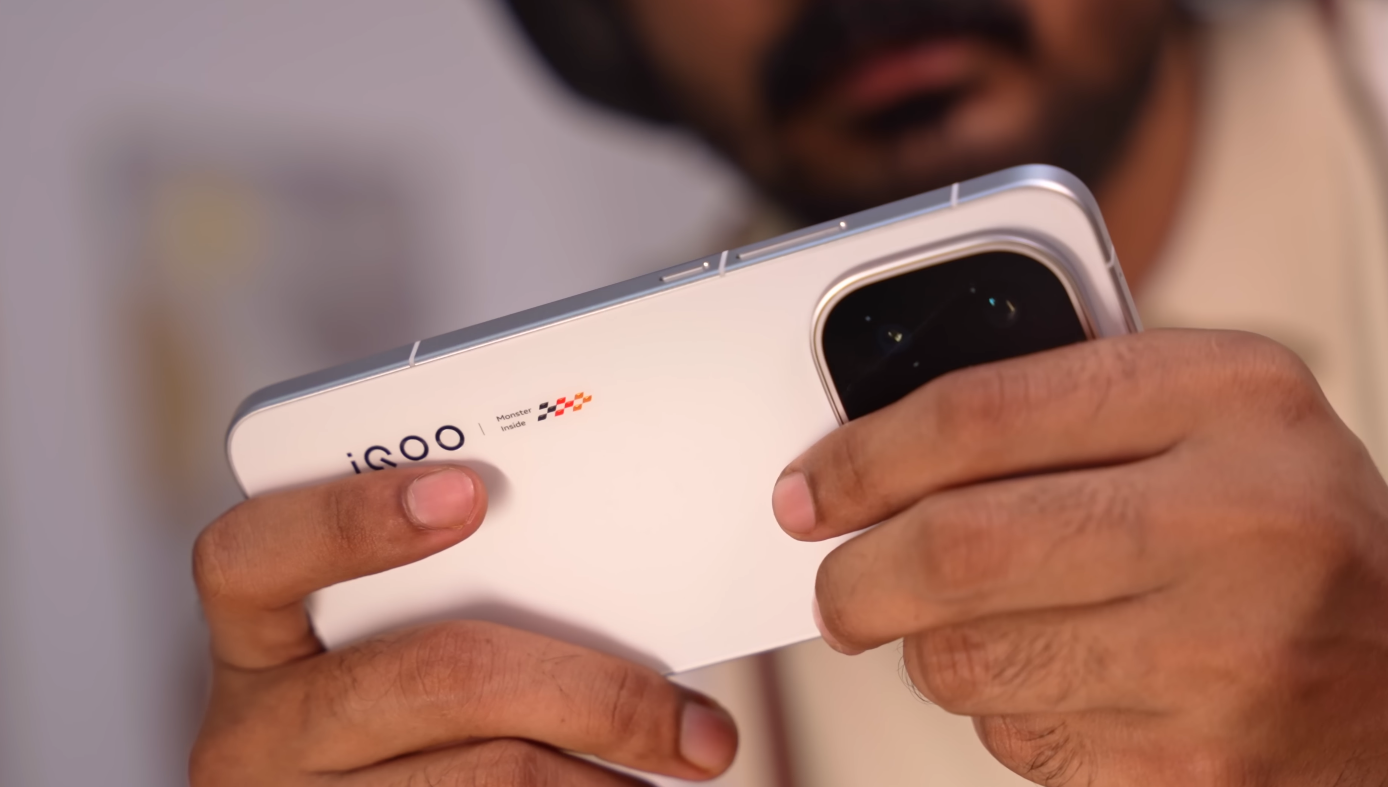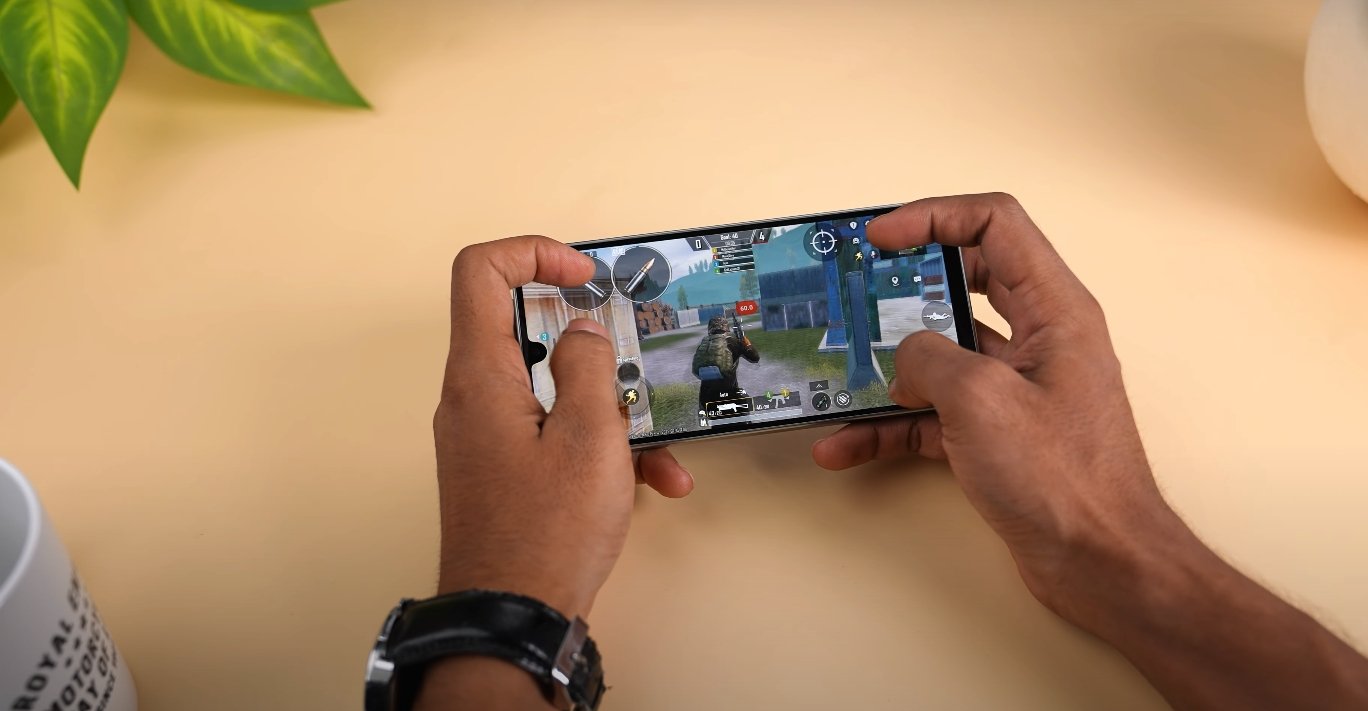Comparing Redmi’s new display technology with Samsung and Apple’s top models
The Redmi K90 Pro Max has quickly become one of the most discussed smartphones in 2025, thanks to its promise of premium-grade performance at a mid-range price. Among its most talked-about features is the display — a component that has become central to how users experience their phones. For buyers in the United States, where flagship devices from Apple and Samsung dominate, it’s natural to wonder how Redmi’s latest screen technology measures up against these established leaders.
The K90 Pro Max features a 6.9-inch OLED display with a resolution of 2608 × 1200 pixels. It supports a 120 Hz refresh rate, Dolby Vision, and HDR10+, putting it on par with top-tier phones in smoothness and image clarity. Redmi also claims an impressive peak brightness of around 3500 nits, which immediately raises eyebrows — even when compared to Apple’s 3000-nit outdoor peak on the iPhone 17 Pro Max or Samsung’s 2600-nit rated Galaxy S25 Ultra. On paper, that makes the Redmi K90 Pro Max one of the brightest phones on the market, an advantage that could matter significantly in sunlight visibility.
In terms of display size, all three flagship-class devices now hover around the 6.9-inch mark, so there is little difference in screen real estate. However, Samsung continues to lead in raw resolution with its 3120 × 1440 QHD+ AMOLED 2X panel. Apple, meanwhile, strikes a balance between crispness and efficiency with its 2868 × 1320 resolution. Redmi’s slightly lower 2608 × 1200 resolution may not match the pixel density of its American rivals, but in real-world usage, the difference is barely noticeable, especially considering the display’s strong colour calibration and refresh performance.
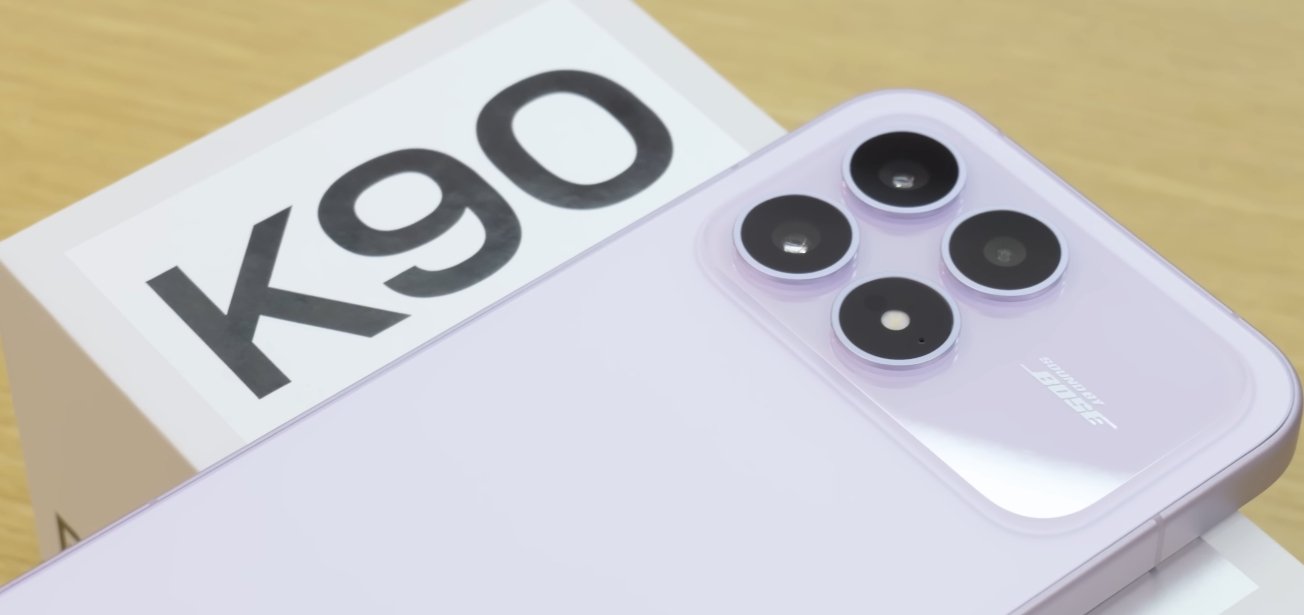
The real point of interest lies in how the Redmi’s display performs in different lighting conditions. Under bright daylight, a higher brightness level directly translates into better readability. If Redmi’s 3500-nit claim holds true in real testing, the K90 Pro Max could outperform even Apple’s latest iPhone 17 Pro Max in sunlight. That would mark a milestone for a brand known more for affordability than display leadership. Conversely, in low-light environments, Redmi’s inclusion of DC dimming and a minimum brightness of 1 nit ensures comfortable nighttime reading without noticeable flicker or eye strain. Both Samsung and Apple already provide excellent low-brightness performance, but Redmi’s competitive approach shows the brand’s determination to meet global flagship standards.
Beyond brightness and resolution, colour accuracy and HDR implementation are major factors in determining real-world quality. The Redmi K90 Pro Max supports both HDR10+ and Dolby Vision, an impressive combination not even matched by Samsung’s latest models, which focus on HDR10+ but skip Dolby Vision. This dual support allows Redmi users to enjoy a broader range of high-dynamic-range content from different streaming platforms without losing visual fidelity. Apple’s ecosystem naturally delivers excellent HDR performance too, though with proprietary tuning for its own display engine. Still, the K90 Pro Max’s flexibility gives it a unique advantage for users who consume mixed-source HDR content.
Another consideration is power efficiency. High-brightness OLED panels typically draw more energy, especially at sustained peak output. Redmi’s software reportedly uses adaptive tuning that limits power consumption by adjusting brightness levels dynamically based on ambient conditions. Samsung’s LTPO technology remains a step ahead in this area, offering smooth transitions between 1 Hz and 120 Hz refresh rates to preserve battery life. Apple’s ProMotion display works similarly, though with an emphasis on software consistency rather than raw efficiency. While Redmi’s approach might not be as advanced, its battery capacity and software optimizations help minimize the gap in everyday use.
For multimedia consumption, the Redmi K90 Pro Max display delivers rich colours, deep blacks, and sharp contrast, putting it close to the experience users expect from premium U.S.-market devices. It also supports a wide colour gamut and fine-tuned tone mapping for both gaming and video playback. Gamers will appreciate its fast touch response and low latency, while movie watchers can rely on balanced colour rendering that avoids over-saturation. These features combine to make Redmi’s panel genuinely competitive, not just a marketing claim.
The gap that remains between the Redmi K90 Pro Max and U.S. flagships lies in ecosystem integration and long-term calibration. Samsung and Apple both benefit from years of refinement and consistent performance under different conditions. Their panels are factory-calibrated with high precision, and their software updates continue to optimize colour accuracy and brightness management. Redmi, by contrast, is still perfecting this level of polish for international models. Users may occasionally notice minor inconsistencies in auto-brightness or tone mapping, particularly in varying lighting environments.
Overall, the Redmi K90 Pro Max’s display offers exceptional value and near-flagship-grade performance. For a device expected to cost significantly less than both the iPhone 17 Pro Max and the Galaxy S25 Ultra, its visual quality stands as a remarkable achievement. If its real-world brightness and HDR claims are validated in further testing, Redmi may have set a new benchmark for affordable high-end displays. For U.S.-based enthusiasts considering an import, the phone provides an enticing alternative: a screen that genuinely competes with the best, at a fraction of the cost.
In conclusion, while Samsung and Apple continue to dominate the premium category with precision engineering and seamless integration, the Redmi K90 Pro Max proves that a well-priced smartphone can match — and in some areas, even surpass — their display performance. Its brightness, HDR versatility, and visual quality combine to deliver an experience that feels distinctly flagship-class. For those focused on display excellence without paying top-tier prices, the K90 Pro Max stands as one of 2025’s most impressive surprises in the global smartphone market.


